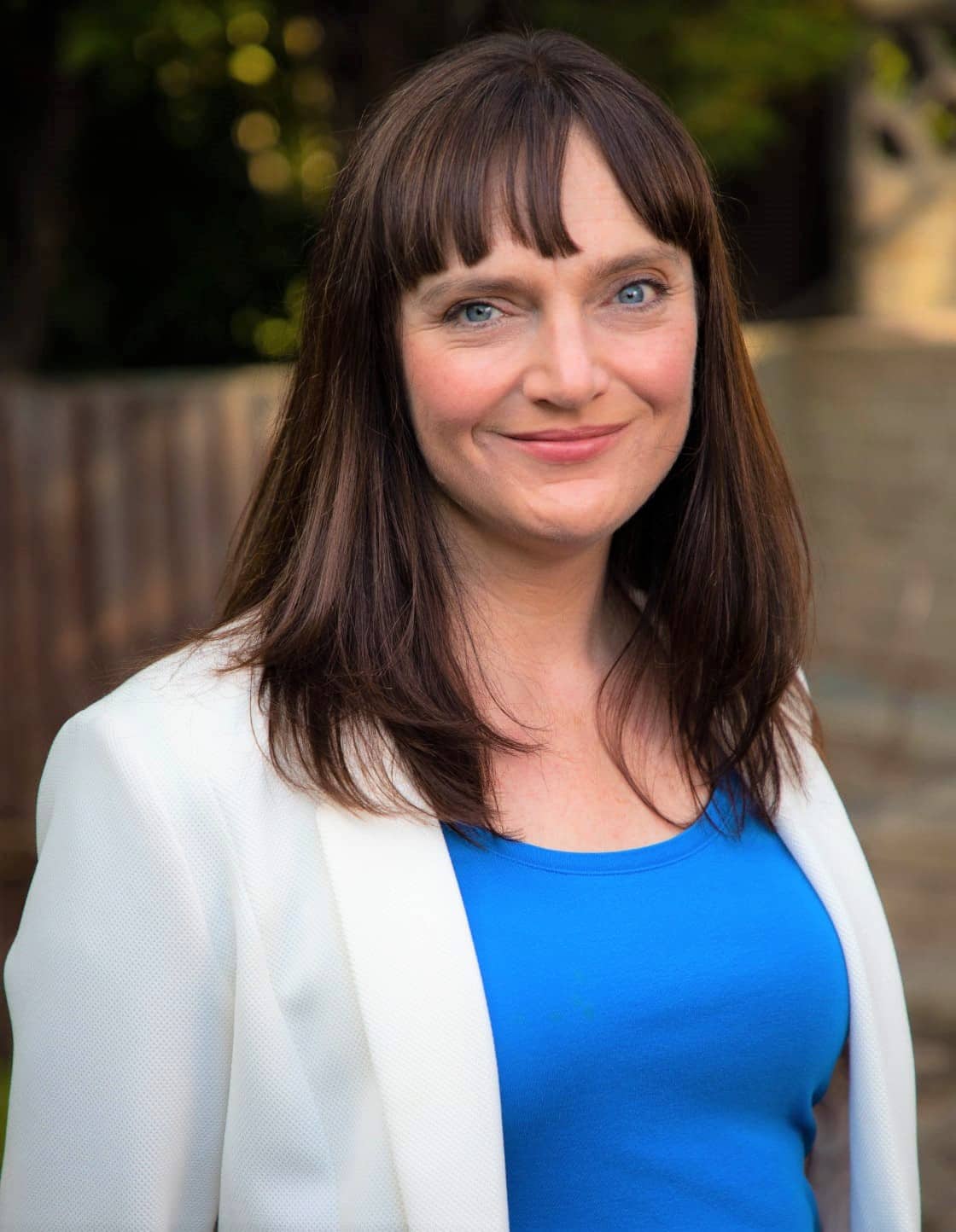Equity Release
Equity release product choice doubles in last two years

There are over 600 equity release mortgages now on offer and they come with an increasing range of flexible features
The total number of equity release products available increased to a record high of 668 in July 2021, from 448 six months earlier, said the Equity Release Council.
And the trade body noted that customers now have access to more than double the number of product options than two years ago.
Those products are also more flexible. More than two thirds (68%) allow customers to make voluntary capital repayments with no early repayment charge, while nine in 10 (89%) products offer fixed early repayment charges.
While the average equity release rate crept up modestly to 4.26%, interest rates have plummeted by nearly two percentage points over the last five years.
Who takes out equity release plans?
The average age of new customers in the first half of this year was 70 years old for new drawdown customers and 68 for new lump sum customers.
Almost a third (30%) of new drawdown single plans are being taken out by female customers, the highest level seen in the last two years.
The average house price of new customers has risen to record levels for both new drawdown (£419,166) and lump sum (£406,139) plans.
David Burrowes, chairman of the Equity Release Council, said: “The transformation of later life mortgages in recent years has given people more opportunities to access their biggest source of wealth.
“We are seeing mindsets change to the point that tapping into property wealth is now a common consideration to meet various retirement needs, from topping up pension income to providing a ‘living inheritance’ via gifting to younger generations.”
“The modern equity release market has shown resilience in the face of uncertainty to climb back towards pre-pandemic levels. The disruption of the last 18 months has not slowed the pace of innovation in lifetime lending, and it is important the market continues to evolve to address the financial challenges people will face in the post-pandemic world.”
